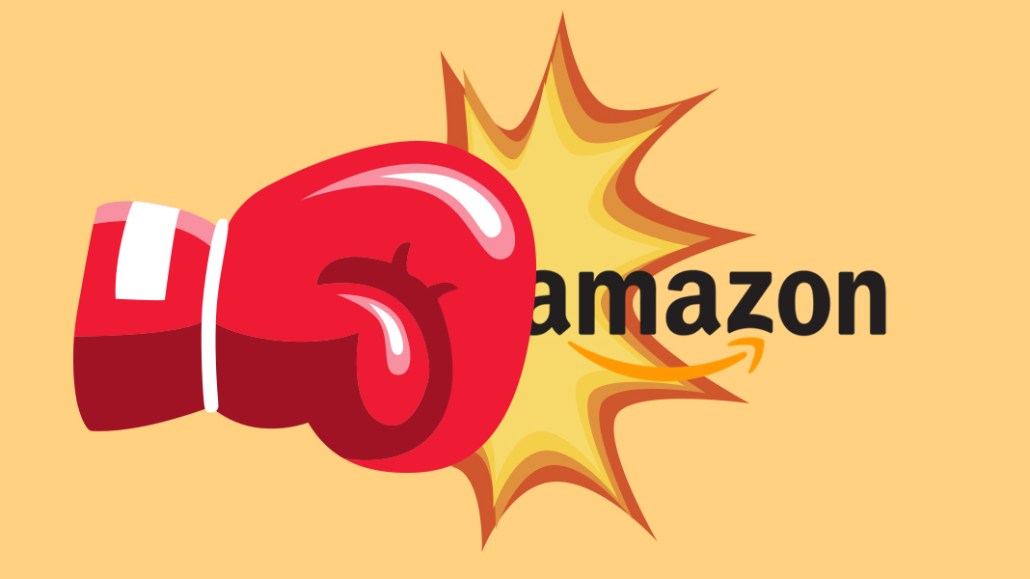
Bot reviews continue to be a growing concern for retailers and brands selling on Amazon.
Multiple small companies report they’re seeing one-star reviews of unverified purchases on their pages that are written with bad grammar, coupled with remarks like, “Great product satisfaction guaranteed.” The problem seems to run across both the first-party and third-party sellers on the platform.
In most cases, the only recourse brands have is to click “report abuse” and then potentially start a conversation with their Amazon contacts. “We live and die by our reviews,” said one brand that sells as a hybrid seller. “[Fake bot reviews] are for sure a pain point.” The brand, which didn’t want to speak on the record for fear of damaging its relationship with Amazon, said it has a customer-solutions team dedicated to monitoring, responding and engaging with customer feedback.
A brand that sells as a vendor both on the U.S. and European sites for Amazon, which also wished to remain anonymous because of fear of retribution from Amazon, said bot reviews are definitely an issue. This brand is seeing more fake reviews in Europe than in the U.S. Because merchandise managers don’t have control over this, the issue is passed onto a separate team. Some fake reviews have been removed, but in some cases, this vendor said Amazon has refused to remove reviews. The big question, said this person, is why bots exist. In some cases, it may be competitors doing this. But when consumers search for products according to reviews, this brand gets “burned” and has lost sales. Companies like Fakespot, which search reviews to see how many are fake, help, said this person.
An Amazon spokesperson said it invests heavily to ensure customers can trust reviews on Amazon, saying, “We use a machine-learned algorithm that gives more weight to newer, more helpful reviews, apply strict criteria to qualify for the Amazon Verified Purchase badge and enforce a significant dollar amount requirement to participate, in addition to other mechanisms which prevent and detect inauthentic reviews.” The company says even one inauthentic review is unacceptable. All reviewers in the U.S. must have an account, used for at least $50 in purchases on Amazon.
In 2016, Amazon filed a suit against companies like Amazonverifiedreviews.com and Buyamazonreviews.info that sold fake reviews. Those companies are slightly different in that they offer “verified” reviews and often give people product in exchange for reviews.
Amazon’s approach to policing this is unclear. Elaine Kwon, who now runs an Amazon consultancy called Kwontified and previously handled the luxury division at Amazon, said the brand can call Amazon to get fraudulent reviews removed.
It’s important to note that Amazon has its own review program. Dubbed Amazon Vine, it’s essentially a way to get trusted reviewers to post their opinions on new products. It’s one way sellers and vendors generate reviews for their pages, but it isn’t free. The program costs about $2,000 for every 30 reviews, and they have to pay for shipping and the product they provide. Amazon stopped accepting incentivized reviews and has cracked down on so-called “professional reviewers” that review items for a living.
“Reviews are critical to your success on Amazon,” said Fred Killingsworth, CEO of Amazon consultancy Hinge. “This goes back to brand management. If you’re not policing or managing your reviews, it can really hurt.” He added that negative reviews, whether fake or real, affect brands on and off Amazon, even in brick-and-mortar situations. “Amazon is this great equalizer in that competitors can come out of anywhere,” he said. “But bot reviews skew the entire experience.”
More in Marketing

Agencies create specialist units to help marketers’ solve for AI search gatekeepers
Wpromote, Kepler and Jellyfish practices aim to illuminate impact of black box LLMs’ understanding of brands search and social efforts.

What AI startup Cluely gets — and ad tech forgets — about attention
Cluely launched a narrative before it launched a tool. And somehow, it’s working.

Ad Tech Briefing: Start-ups are now table stakes for the future of ad tech
Scaled ad tech companies need to maintain relationships with startups, when the sector is experiencing ongoing disruption due to AI.








